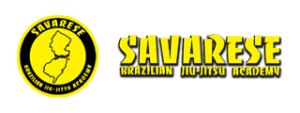How to be a good student in BJJ
How to be a good student in BJJ
How to be a good student in BJJ, I am often asked the question. As the head of Savarese BJJ (www.njbjj.com) for almost 20 years, I am always asked “what makes a good student?” or “what d you look for in a student”. People offer all kinds of attributes – intelligence, dexterity, coordination, strength, flexibility, height, mental toughness, confidence etc etc. In fact, over the years I have seen champions emerge who were totally dissimilar in their attributes. Some were confident, some weren’t. Some were strong, but not others. When you look at the winners podium you see every body type and psychological profile represented. In the end, I came to the conclusion that there was no set of attributes that determined how far you would go in Jiu-Jitsu…. except one. There was one attribute that every champion I ever met or trained possessed. It was the only commonality among them all. It was PERSISTENCE. All of them withstood the many trials, heartbreaks, pitfalls, boredom, fatigue and sacrifices on the path towards excellence and stayed true to the course. When I think about this I find it very encouraging. Most of our physical attributes are determined at birth and most of our mental attributes are determined quite early in our upbringing and so there is little to no choice in them. But PERSISTENCE is something that all of us can realistically exhibit, regardless of whatever else we have or lack. In this sense, you all have what it takes to get very good indeed if you can develop and strengthen this simple and widely available attribute. Don’t worry too much about your progress for this day or this week, concern yourself more with this year. think long term. PERSISTENCE OVER TIME is the most valuable trait you can possess and interestingly, the one most likely already in your possession.
